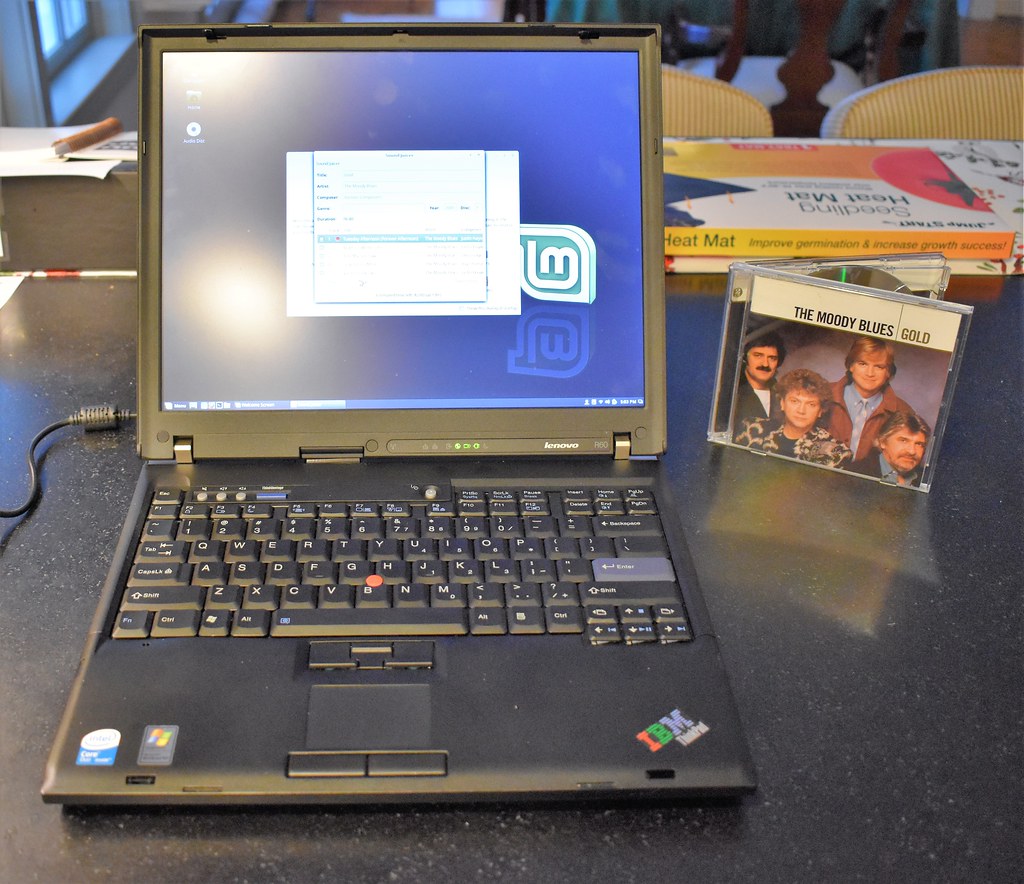Wendigo79
Member
- Joined
- Apr 27, 2020
- Messages
- 65
- Likes
- 37
Hello!
I have been wonderin about unit to unit variation in SMSL dacs. I cannot escape the feeling that my DO100 sounds different when I use it trough USB or Toslink. If I use USB, the sound if "dry, hard, compressed and loud". So it sounds like having some distortion. It sounds still OK, but if I use Toslink and my wiim mini streamer, it sound more spacious, cooler, more detailed and relaxed. The dirrerence is immediatelly noticeable. I have tried it with my windows PC and RPI/moode combo. Also with volumio and so on. Every possible software. Result is always the same. Output from the computer if of course bit-perfect and all ok.
I have had the SMSL DO100 dac for about two years now and I did back then when I bought it already notice these things, but I have since used the dac with wiim mini and toslink. But now I started to play with these things again and noticed same results than back then. Amirms review of the DO100 shoved practically identical results with toslink and usb. So could my unit have some flaw in it?
I also have wondered does Qobuz use different files for PC/Linux than with streamers? I once studied it by inspectin the bitrate with Foobar2000 on windows and bubbleupnp on android, but had very similar results. So no dynamic compression on Qobuz on different platforms, I guess.
I have been looking for a firmware update for the DO100, but there has been none. For the purpose of fixing the possible USB-communication problems.
So has anyone else had similar things happening? Perhaps my DO100 has something wrong going on in it's USB input...
I have been wonderin about unit to unit variation in SMSL dacs. I cannot escape the feeling that my DO100 sounds different when I use it trough USB or Toslink. If I use USB, the sound if "dry, hard, compressed and loud". So it sounds like having some distortion. It sounds still OK, but if I use Toslink and my wiim mini streamer, it sound more spacious, cooler, more detailed and relaxed. The dirrerence is immediatelly noticeable. I have tried it with my windows PC and RPI/moode combo. Also with volumio and so on. Every possible software. Result is always the same. Output from the computer if of course bit-perfect and all ok.
I have had the SMSL DO100 dac for about two years now and I did back then when I bought it already notice these things, but I have since used the dac with wiim mini and toslink. But now I started to play with these things again and noticed same results than back then. Amirms review of the DO100 shoved practically identical results with toslink and usb. So could my unit have some flaw in it?
I also have wondered does Qobuz use different files for PC/Linux than with streamers? I once studied it by inspectin the bitrate with Foobar2000 on windows and bubbleupnp on android, but had very similar results. So no dynamic compression on Qobuz on different platforms, I guess.
I have been looking for a firmware update for the DO100, but there has been none. For the purpose of fixing the possible USB-communication problems.
So has anyone else had similar things happening? Perhaps my DO100 has something wrong going on in it's USB input...
 I think I bought it for my wife to use on an interim basis when her workhorse lappie at the time (a Dell) had developed some sort of issue (which may have been a broken hinge that took it to the precipice of rapid unscheduled disassembly).
I think I bought it for my wife to use on an interim basis when her workhorse lappie at the time (a Dell) had developed some sort of issue (which may have been a broken hinge that took it to the precipice of rapid unscheduled disassembly).